In a previous post on BioDiaries, we saw fascinating buildings designed inspired by nature. Biomimicry, however, does not stop with designs and architecture. Biomimicry expands to processes as well. Let’s look at some mindblowing instances where some processes or concepts were developed taking inspiration from nature.
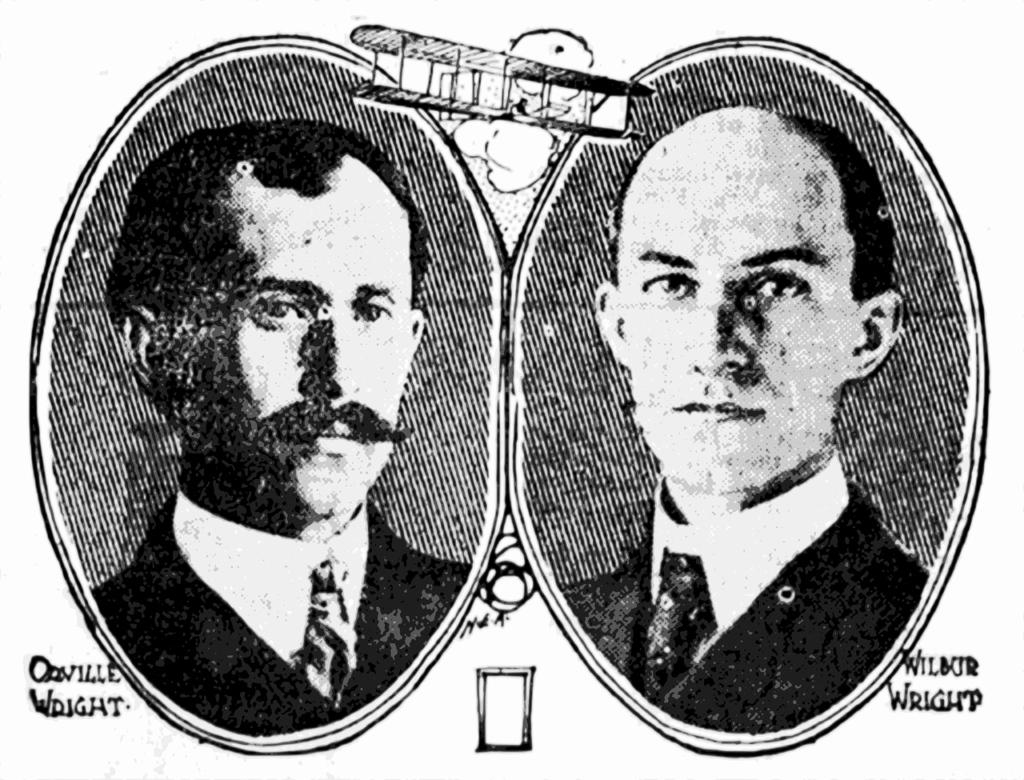
Inspired by the graceful flight of birds, the Wright brothers tried to mimic the warping of wings and the unique shape of bird wings which led to their groundbreaking discovery. This enabled them to achieve the first powered flight in 1903. This is probably one of the oldest and classic examples of biomimicry.
We have come a long way since. By continuing to take inspiration from nature we have developed innovative processes and concepts that have made life significantly easier.
1. Dragonfly wings inspired antibacterial surfaces
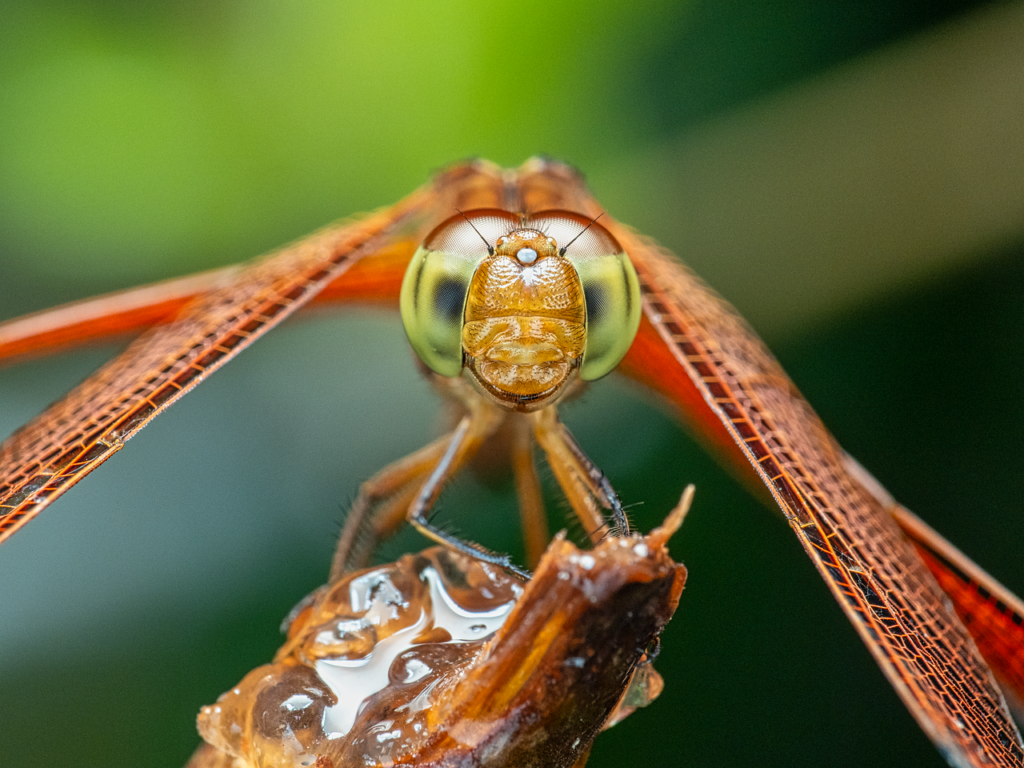
I am sure you wouldn’t have imagined that out of all the insects on this planet, dragonfly is antibacterial! It was due to fine needle-like structures (about 240 nm in length) in their wings to which bacteria were unable to attach. The needles punctured the bacteria. So this inspired people to make bacteria-free surfaces at homes or offices. So, if you have bacteria-free furniture at home, you know who to thank.
2. Invention of Velcro inspired by fields
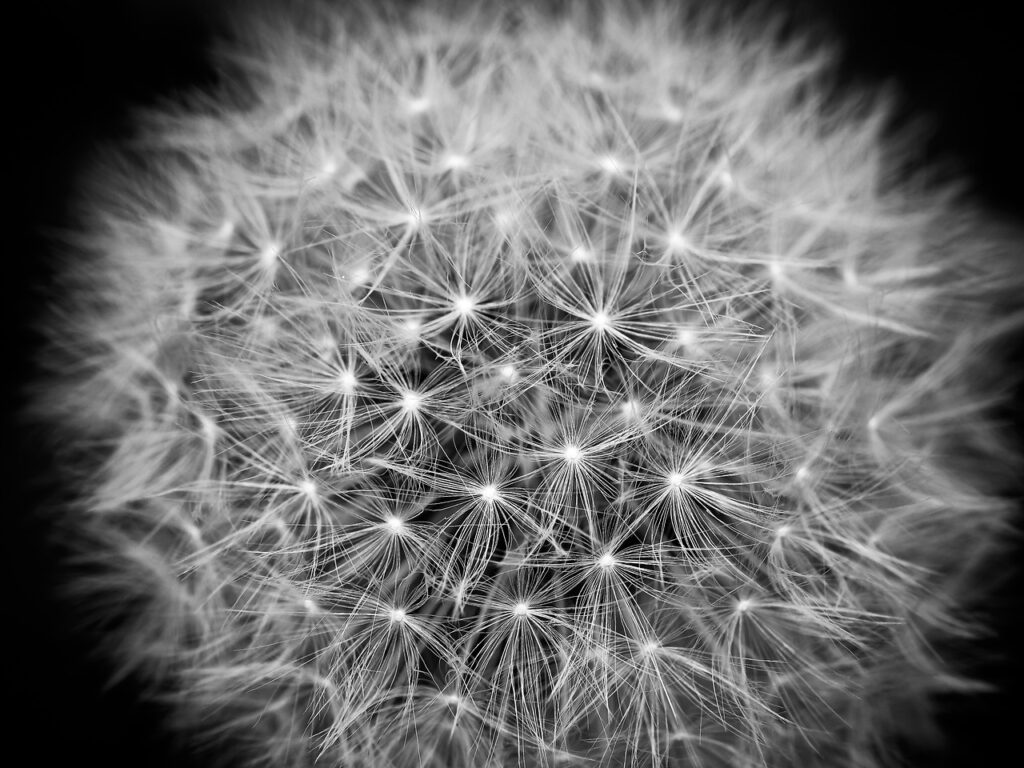
Velcro has a wide range of applications. They could essentially replace hooks on our clothes. Can you believe these Velcro’s were inspired by burr, a type of seed? Under microscopic examination, the inventor of the velcro, George de Mestral realized the tiny hooks of the burr and the loops the in his cloth fabric joined too well. With this, he was inspired to design fasteners or crochets called the Velcro’s.
3. Geckos feet inspired adhesives
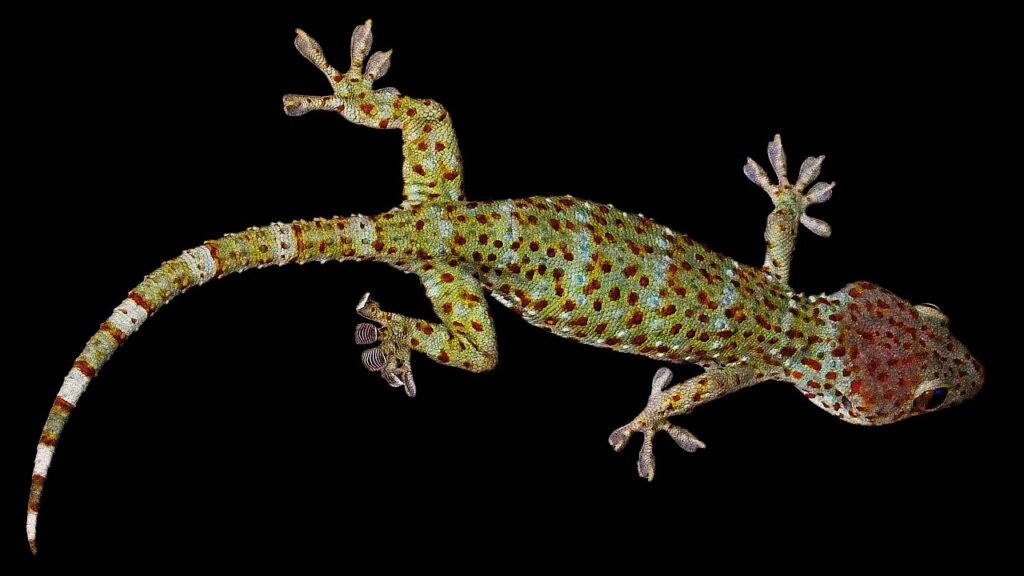
Geckos! If you have ever seen one, you might have noticed they climb vertical surfaces and can even hang upside down. Before they took inspiration from geckos people used toxic glue as an adhesive. Gecko’s feet have inspired the invention of non-toxic adhesives which have helped in a range of applications. How they help geckos climb up vertically is the hair-like structures called setae (made of keratin) on their toes. They will cling to any possible texture they can find and thereby produce an adhesive effect.
4. Bat’s echos inspired medical imaging
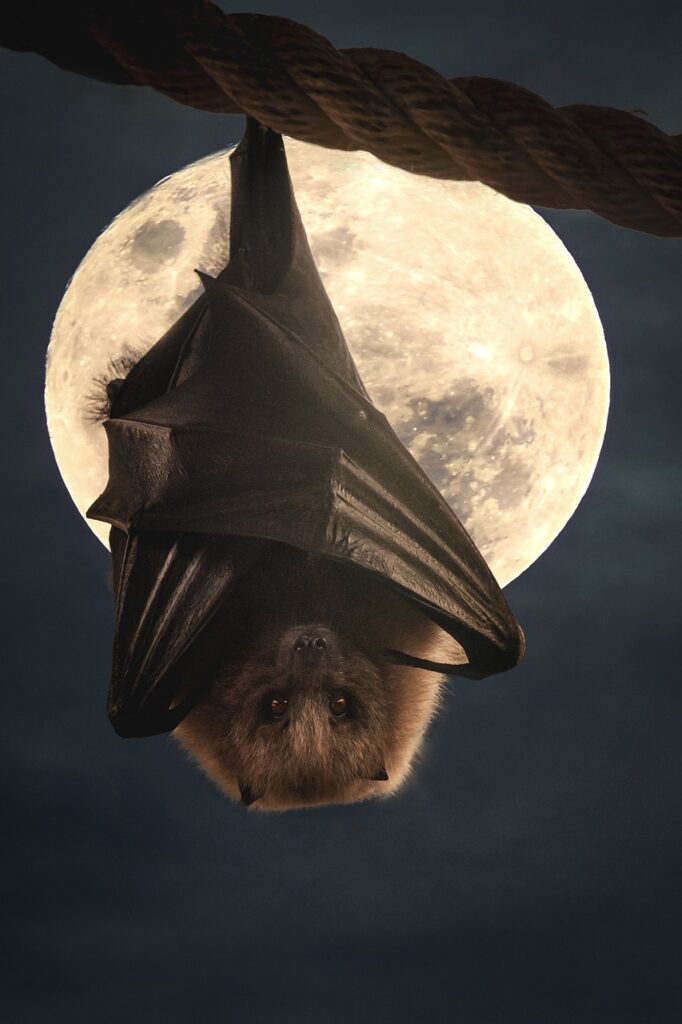
Bats are fascinating mammals, especially known for their echolocation. They send out signals from their mouth and nose that help them locate prey or obstacles. These signals, after passing through the air bounce off the obstacle or prey in the form of echoes and reach the bat telling the location of the object. So, the ears act as their eyes in the case of bats. How does this help in medical imaging? Both bats and medical imaging use the reflection of sound waves. The bats use them for finding prey and radiologists use them for imaging. The sound wave reflects after hitting the barrier (prey or body surface). Through this, an ultrasound technique takes the image of the internal parts or organs. One can call this a biological SONAR.
5. Lotus leaves and self-cleaning mechanisms
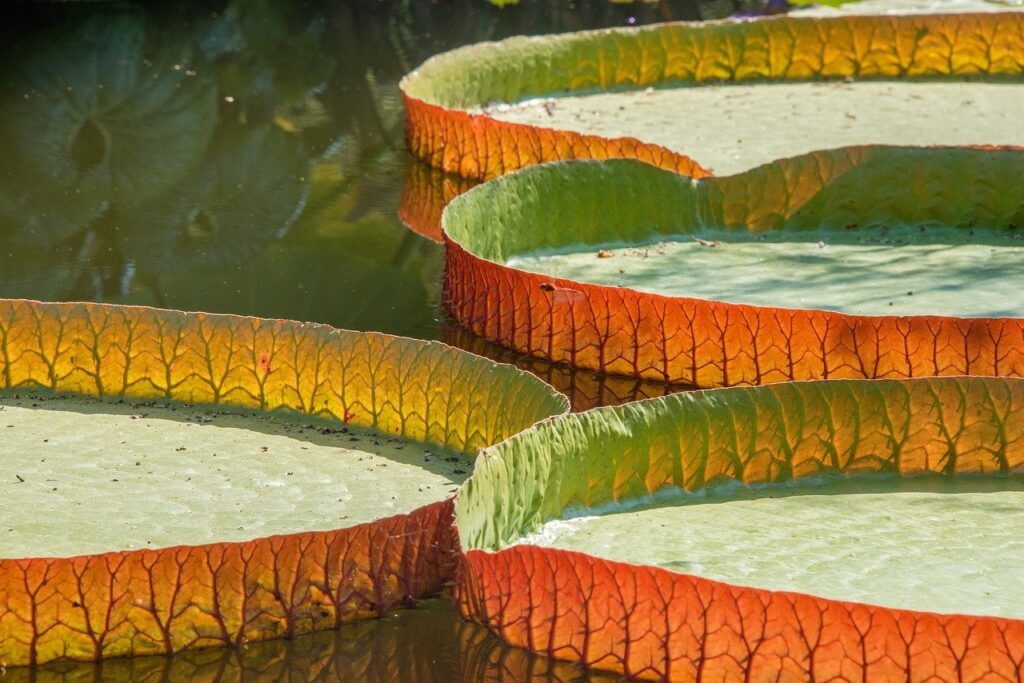
If you have been to a pond, I’m sure you have witnessed lotus leaves floating on the water. How they manage to do that is due to a phenomenon called ultra hydrophobicity (in short, extremely water-repellent). Due to this, they also exhibit self-cleaning mechanisms. Water droplets pick the dirt particles due to small structures on the surface of the leaves. This minimizes the attachment of the droplet to the surface of the leaf. If you add a drop of water onto the lotus leaf, they will bead up and roll off removing the dirt from the lotus leaves. The same mechanism is exploited to create self-cleaning glasses on windows, bathroom mirrors, etc.
6. Thorny devil lizard and passive collection of water
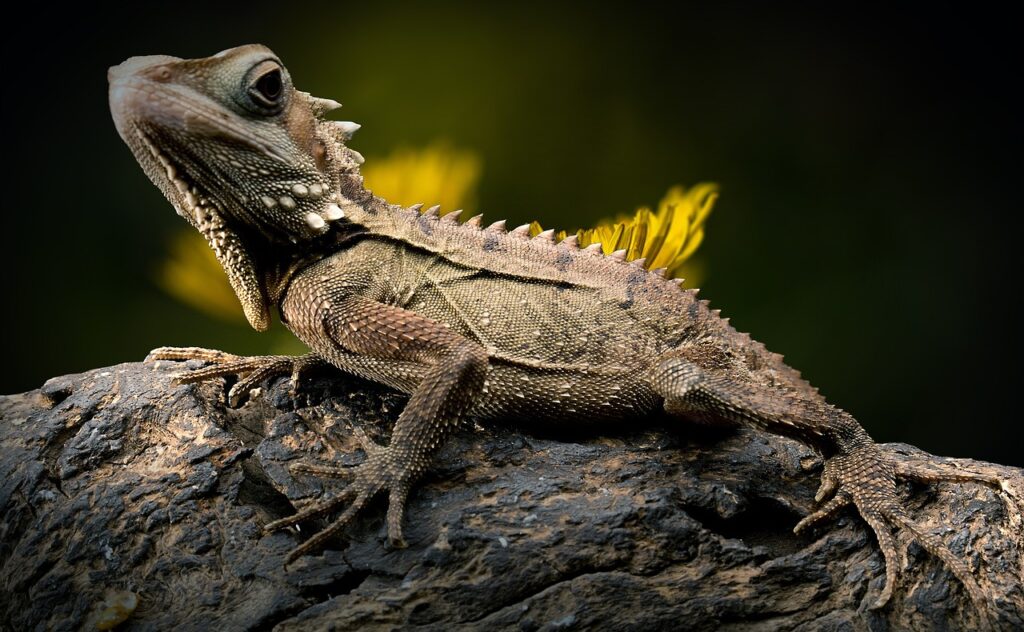
Despite its scary name (and looks), the thorny devil lizard has inspired us in something really important. The devil lizard has sharp grooves or spines that provide it with drinking water. The spikes draw condensed dew to its mouth through capillary action. So, the spikes act as a water harvesting system. This way, the lizard can collect all the water it needs from rain, pond, or even moist soil against gravity with no requirement for a pump!
Potable water is a precious source, there is an inevitable need to passively collect it. It can be used to transport water to the top floors of a building without the need for a pump, but this has not been developed fully yet. But a company has come up with a new sweet free sport gear with small canals to transport your sweat. The sweat canals end in a sweat collector which is soaked and moved through sweat transporters.
7. How Anhydrobiotic Organisms Inspired Long-Term Vaccine Storage
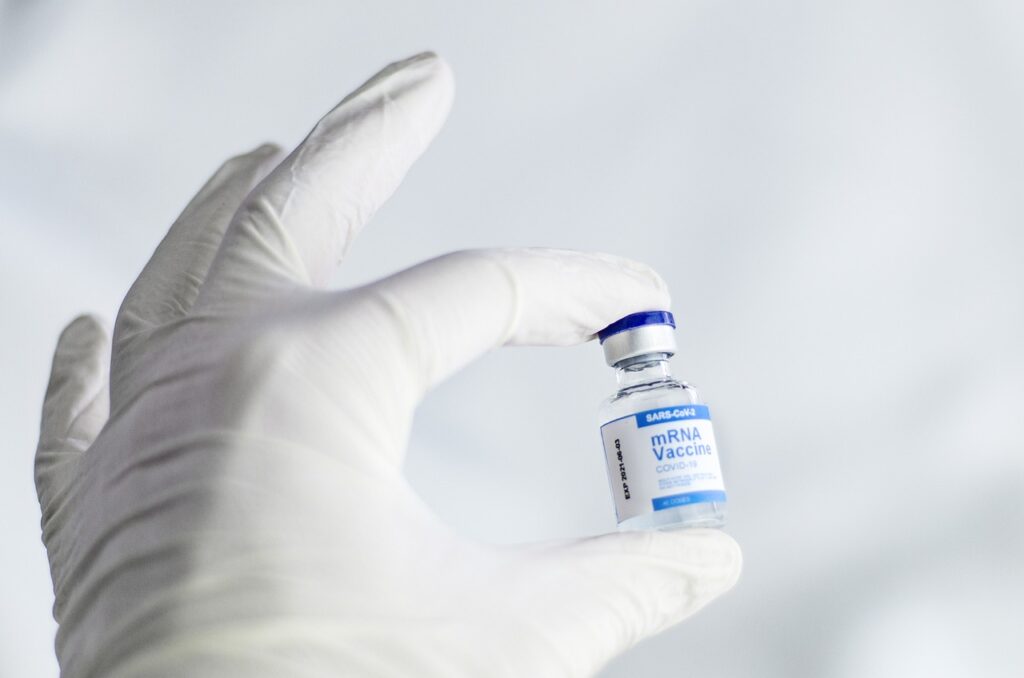
Out of all the lessons that COVID-19 taught us, the inherent need for long-term storage, and wasteless transport of vaccines to all parts of the country was very important. It would not suffice if we produce the right vaccine but also ensure its quality till it reaches our end users. Vaccines need to be transported frozen making them vulnerable and eventually leading to sample degradation. Moreover, shipping of vaccines requires dry ice which is very expensive. To solve this problem, scientists looked towards anhydrobiotic organisms like tardigrades. Through this process of anhydrobiosis, the organism becomes completely dehydrated (as the name suggests). They lose up to 95% of the water content. They get into a state of dormancy through which they can survive for decades.
But to get to this state, the organism needs to synthesize different proteins and sugars that can help it sustain itself. By doing this they are replacing water with a sugar solution which will thicken up to form a glass-like structure. Just like these organisms, scientists spray-dried the vaccine using sugar syrup to form tiny glass spheres that are immersed in an inert liquid solution. Upon injection into the muscle of the patient, the vaccine is activated by the body fluids. This entire vaccine in a glass setup is essentially bacteriostatic as bacteria require water hence avoiding the need for an antiseptic.
8. Mosquitos inspired a less painful needle
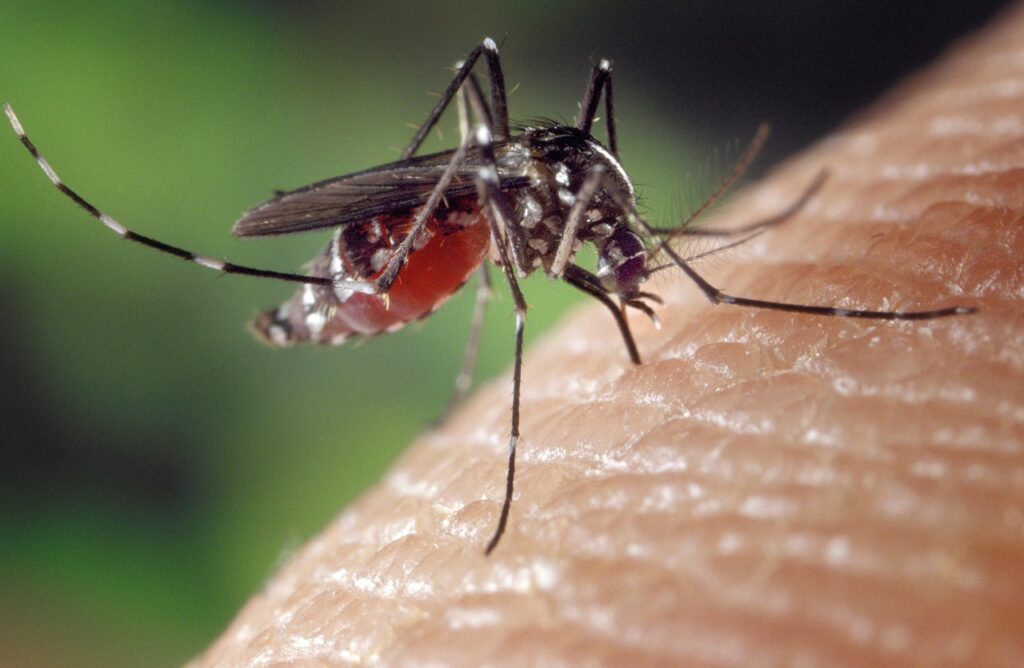
No matter how brave we are, we can all admit we were scared of needles at one point in time. We all need them for injecting vaccines or medicines. But the prickling pain of the needle scares us. Nature has once again helped us solve problems. This time, mosquitos. Yes, the tiny buzzing creatures. If you have ever wondered why we can feel a thing when a mosquito pricks us? There are three reasons: 1. They secrete a numbing substance upon insertion, 2. The part which the mosquito uses to prick the skin vibrates hence reducing the force inflicted on the human, 3. The mosquito needle is serrated making it less painful during injection. This led to the invention of painless injections. Thanks to mosquitos, we no longer need to be scared of injections.
Comment below which of this innovations was fascinating for you?

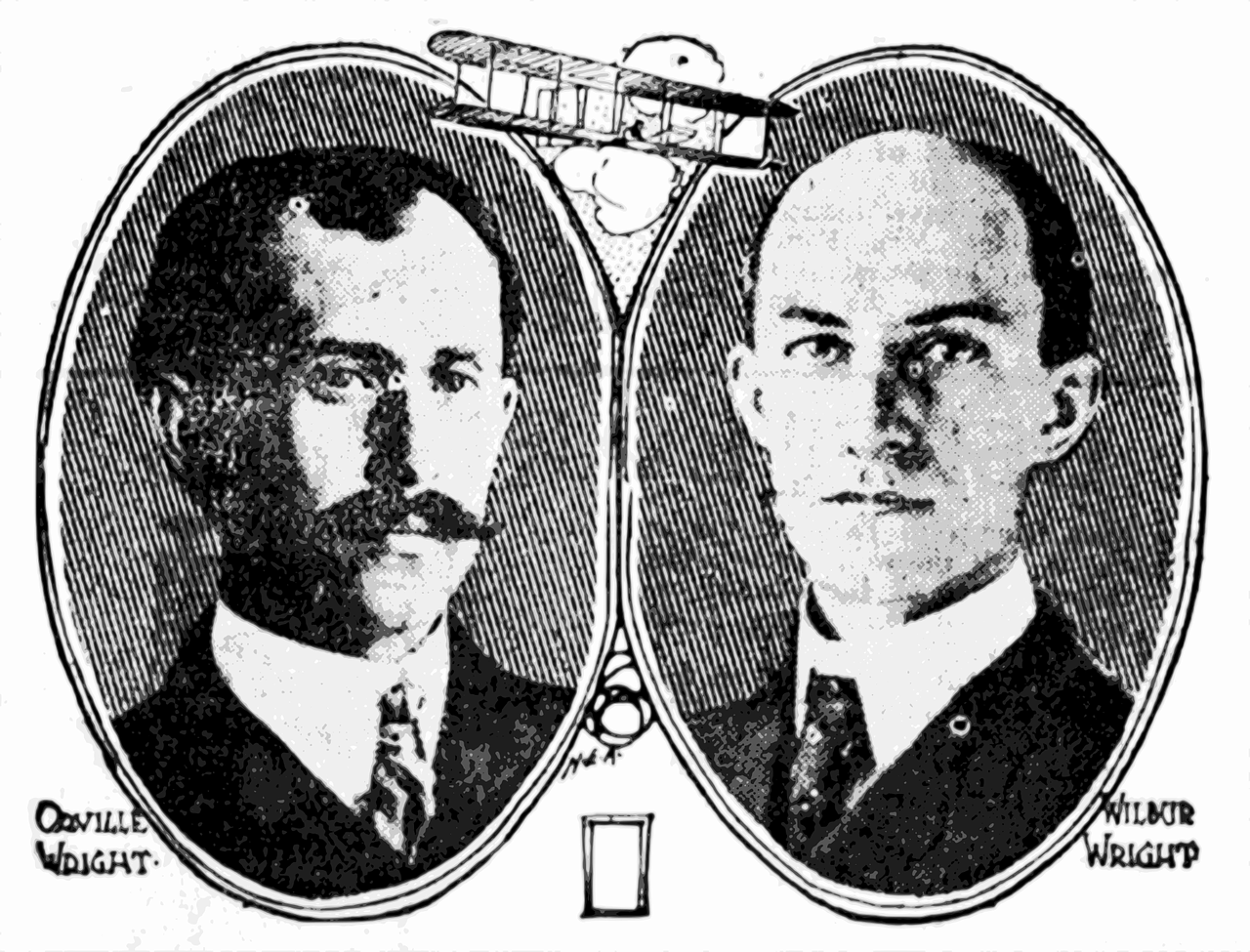
Good article on biomimcry, keep it up
The dragon fly story was really a great information
Great read, thanks for sharing!